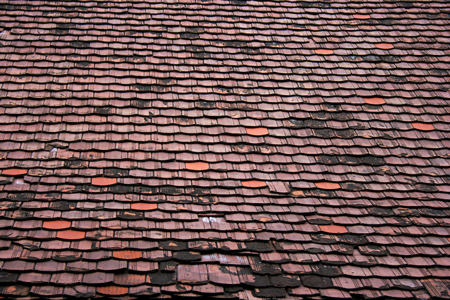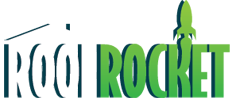
If you’ve noticed any evidence of a roof leak (dripping water, mold, or water damage in the floors and ceilings,) it’s a good idea to inspect your home for potential sources of water entry.
Starting with the ceiling of the room in which the leak is occurring, work your way up to the top floor of your home to follow the trail of water damage. Common problems are loose connections at the point of entry for vents and chimney pipes, where water can seep through. Also look for loose seams at the joints where planes of your roof converge. A leak occurring at another spot away from these obvious areas indicates a compromise to the integrity of the roofing material itself.
Once you’ve come as close to the source of the problem as you’re able from the inside of your home, you’ll need to localize the leak in order to prevent further seepage. Dripping water can be directed into a bucket by tacking a string to the ceiling for it to run down. If you are relatively sure of leak source but don’t see a visible drip, try drilling a hole at the entry point to release the water behind the plaster.
Your next step will be to move outside and identify where water is coming in. Signs of leakage will vary depending on the type of roofing you use, but investigate all visible irregularities or past leak repairs. Roof leaks can cause severe structural damage if left unattended, so be sure to take the problem seriously.






